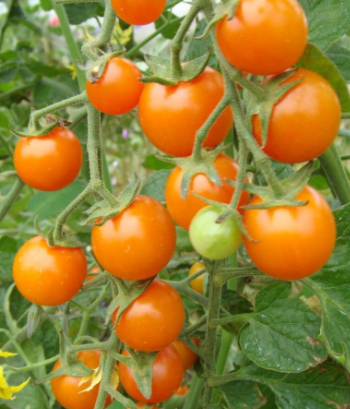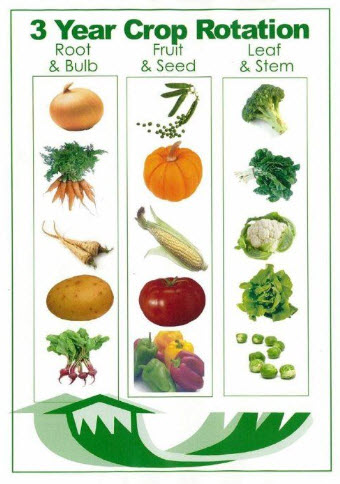Click below to listen to my 2 min. radio show: A how-to on Vegetable crop rotation
Some are takers and some are givers. Plants that is.
Crop rotation is one of the simplest ways to discourage disease and keep your soil in good condition.
Ideally you could rotate your crops each year, but even if you do it every few years, you’re making an impact. Certain plants take certain nutrients out of the soil, while others actually put it back!

But what crops do you rotate with?
In simple terms, divide your vegetables into three categories:
- Root and bulb – think carrots, beets , potatoes, garlic and onions
- Fruit and Seed, – think tomatoes, cucumber, beans, corn, peppers and peas
- Leaf and Stem – think broccoli, celery, cauliflower, spinach, lettuce and kale.
This isn’t a complete list. In fact, there are many methods and you can go further with specific plant families.

I don’t really use a lot of mobile apps but there are certainly decent ones out there. Here’s a link to garden apps. If you’re of a digital mind, give them a try. Many are free.
Here’s a more in depth explanation of the what and why of crop rotation from the University of Wisconsin Extension. Using Crop Rotation in the Home Garden.
You want to follow heavy to medium feeders that draw a lot of nutrients from the soil (tomatoes, corn, cabbage, peppers) with either light feeders (carrots, beets, onions) or heavy givers (beans, peas) that will actually fix nitrogen in the soil and enrich it. – For fertilizing, keep in mind what your plants need. Root, fruit and seed vegetables need more phosphorus aka P and potassium aka K. Leaf and stem veggies use more nitrogen aka N. Don’t feel overwhelmed by this, instead use it as a guideline. And, please, send me your comments, questions or suggestions. I love to hear from you and LEARN from you as well.
